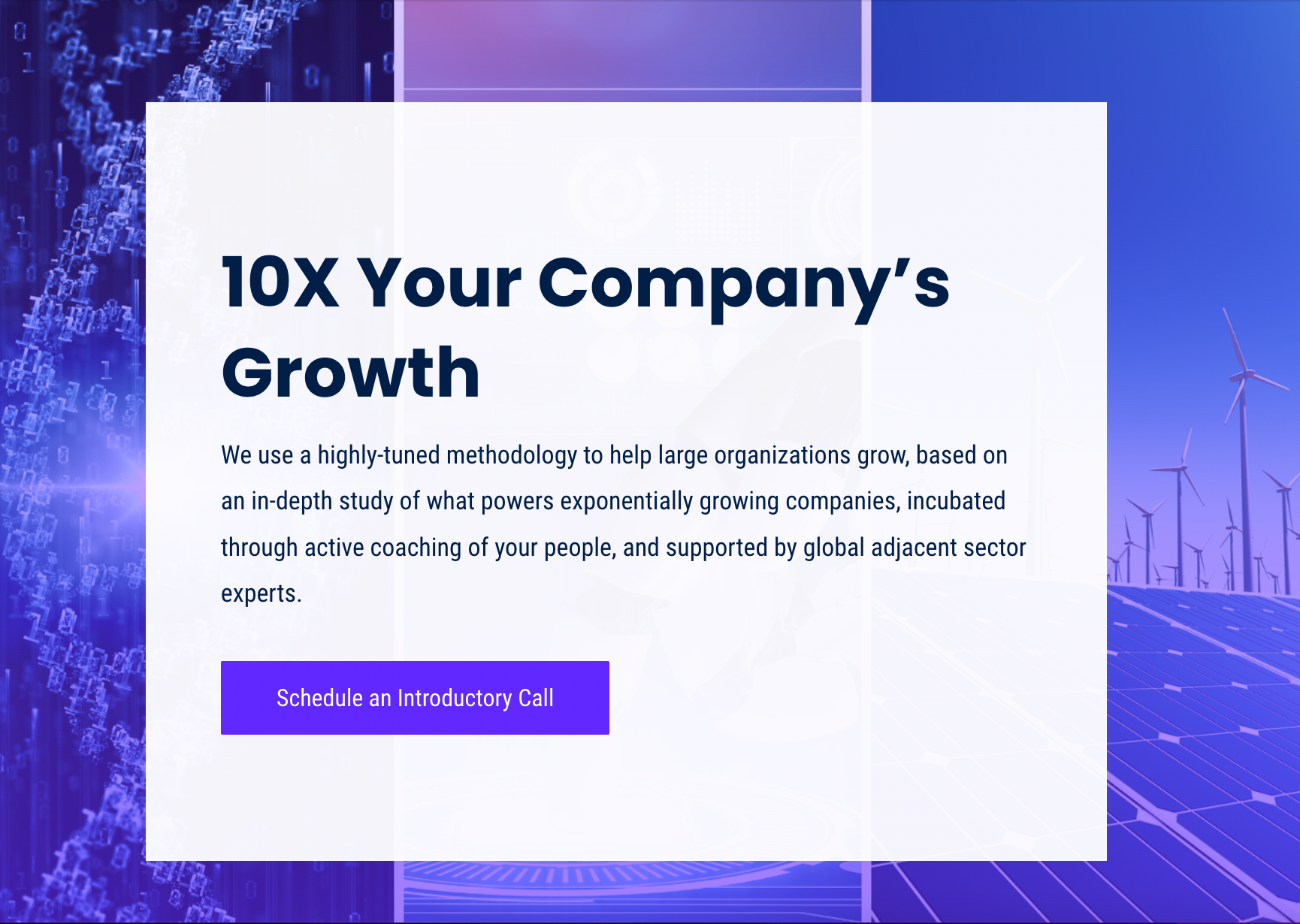
Where Do We Start? Step 1 in The Purpose Journey
The best leaders use empathy to connect with employees and seek to learn where and how the personal sense of meaning that employees bring to work overlaps with the company’s purpose.
Maybe you’ve been convinced by the tight logic in Case for Purpose; or you were convinced about the paradigm shifts that Purpose-orientation brings. Or maybe not. Regardless, in this post, we answer the question: "Where do I start?”
This article is more focused on the Organisation journey, so I will not cover the individual journey of inquiry that leads to an understanding of purpose. I recommend Mark Manson’s post for a fun way to start that discovery.
In this article, we try to demonstrate some approaches taken by forward-looking companies and describe our view of where to start. In doing so, we don’t pretend to have all the answers for this intensely personal journey. There is work to be done by you.
Start with dialogue and listening.
- Start a dialogue in the top team - “We really need to talk about our purpose.” This conversation simply does not happen enough. You will not be seen as the 'soft one.’ Don’t assume that your organization’s purpose is good enough, goes far enough, or that your colleagues even see eye to eye about it. If your discussion of purpose focuses on describing, rather than disrupting, what your company does, it’s probably not adding much value.
- Start a dialogue with employees - especially front-line staff. This takes time, commitment, and listening. The best leaders use empathy to connect with employees and seek to learn where and how the personal sense of meaning that employees bring to work overlaps with the company’s purpose. It helps overcome cynicism that the organization is going to move purpose past slogans and buzzwords, or "surface purpose."
- Start a dialogue with the board. Board directors can serve as thought partners to the management team in developing a purpose narrative and embedding it in the organization. Purpose can become a guiding lens for board engagement on strategy, investments, risk and performance management, HR and culture, governance, and external reporting. In essence, purpose provides the North Star against which the board can stress-test key management decisions and trade-offs.
- Start a dialogue with yourself. Put your bias for action aside for a little while and ask yourself these questions: How does the company’s purpose implicate you? What do you need to start doing—and stop doing—to live your purpose? Your goal in this dialogue should be introspection, reflection, and humility. You want the self-awareness that helps you understand how your own individual purpose dovetails with that of the organization. By viewing this dialogue as about growth—not sacrifice—you’ll increase the odds of mastering it. The key quality here is to embrace your vulnerability. When closely examining your own purpose, you may find areas of dissonance, where uncomfortable changes are required if you are to be true to yourself and the purpose of the company. If you’re stepping into your own personal “learning zone,” you’re getting close; if you’re uncomfortable, you’re closer still; the sweet spot is “Beyond comfort, and before terror.”
Tempted to leave out #4? Keep this in mind; in a McKinsey survey, nearly half of all employees agree that leaders’ decisions seem inconsistent with the company’s purpose and that the company otherwise isn’t living up to its words. People can tell empty virtue signaling. The self-dialogue is critical to make this authentic.
This article was first published on LinkedIn on November 3, 2021

ExO Insight Newsletter
Join the newsletter to receive the latest updates in your inbox.









